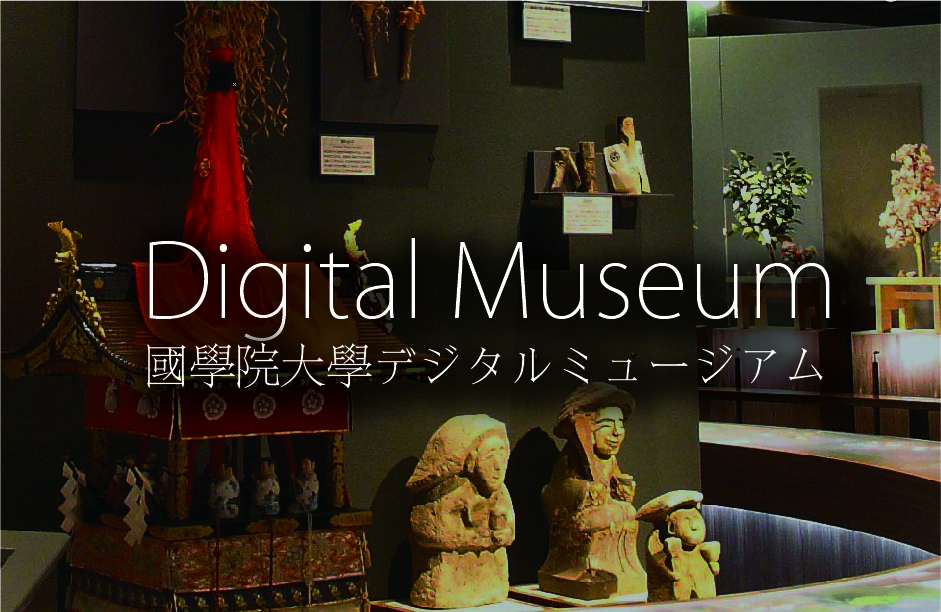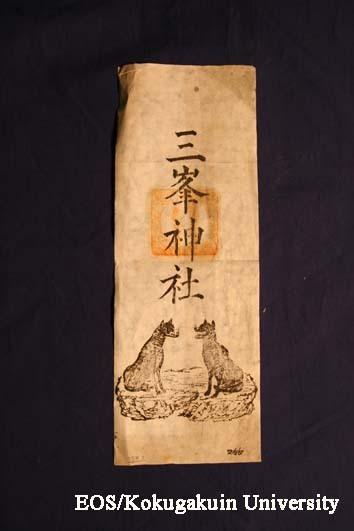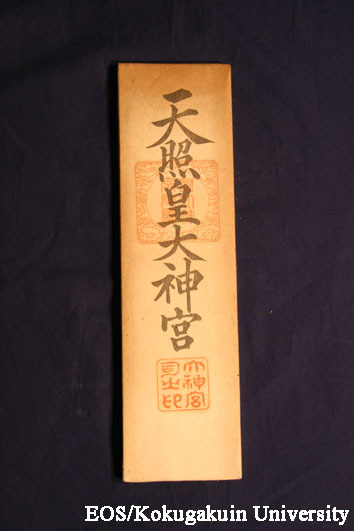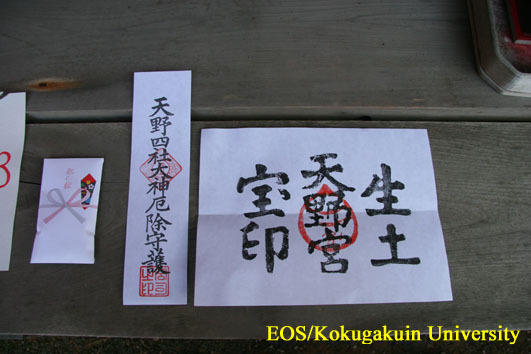- トップ
- Encyclopedia of Shinto
- Shinsatsu, Mamorifuda
Encyclopedia of Shinto
| Main Menu: | |
| Links: |
詳細表示 (Complete Article)
| カテゴリー1: | 4. Jinja (Shrines) |
|---|---|
| カテゴリー2: | Objects of Worship and Shrine Treasures |
| Title | Shinsatsu, Mamorifuda |
| Text | Shinsatsu are a type of thaumaturgic talisman (also known as gofu) distributed at shrines and symbolic of a spiritual being or its supranormal power. Shinsatsu may be made of wood, paper, or metal and bear a written or printed inscription. The term is generally used to refer to the relatively large kind of amulets enshrined in kamidana, or affixed above gates, on doors and pillars, or on ceilings. Most are meant to invoke protection against illness and accident, safety within the home, national peace, and success in business, but others have more specific aims, such as protection from fire, theft, snow, or insects. Some bear complicated designs, such as those from the Kumano Shrines known as Kumano-goō. Certain kinds used from the end of the Heian period until the early modern period had a blank reverse side on which devotees could inscribe a dedication. Throughout the early modern period, the priestly functionaries (oshi) from the Grand Shrines of Ise distributed amulets called Jingū (Ise) taima, and these also represent one kind of shinsatsu. Mamorifuda likewise represent a type of gofu amulet, but the term usually refers to a talisman distributed in a small bag normally made of brocade or ornate cloth that can be carried on the person. Like shinsatsu, mamorifuda may be made of wood or metal. Their origins lie in the talismans made by priests of onmyōdō (Chinese yin-yang divination) or at Buddhist temples, which later came to be produced at shrines as well. Mamorifuda can be found in a wide variety of types, the major kinds representing charms against illness and misfortune, invocations of household safety, safe childbirth, relief from snow or insects, traffic safety, relief from water disaster, and protection from bad fortune. Many are made to be worn on the body as personal invocations for divine aid. — Okada Yoshiyuki |







